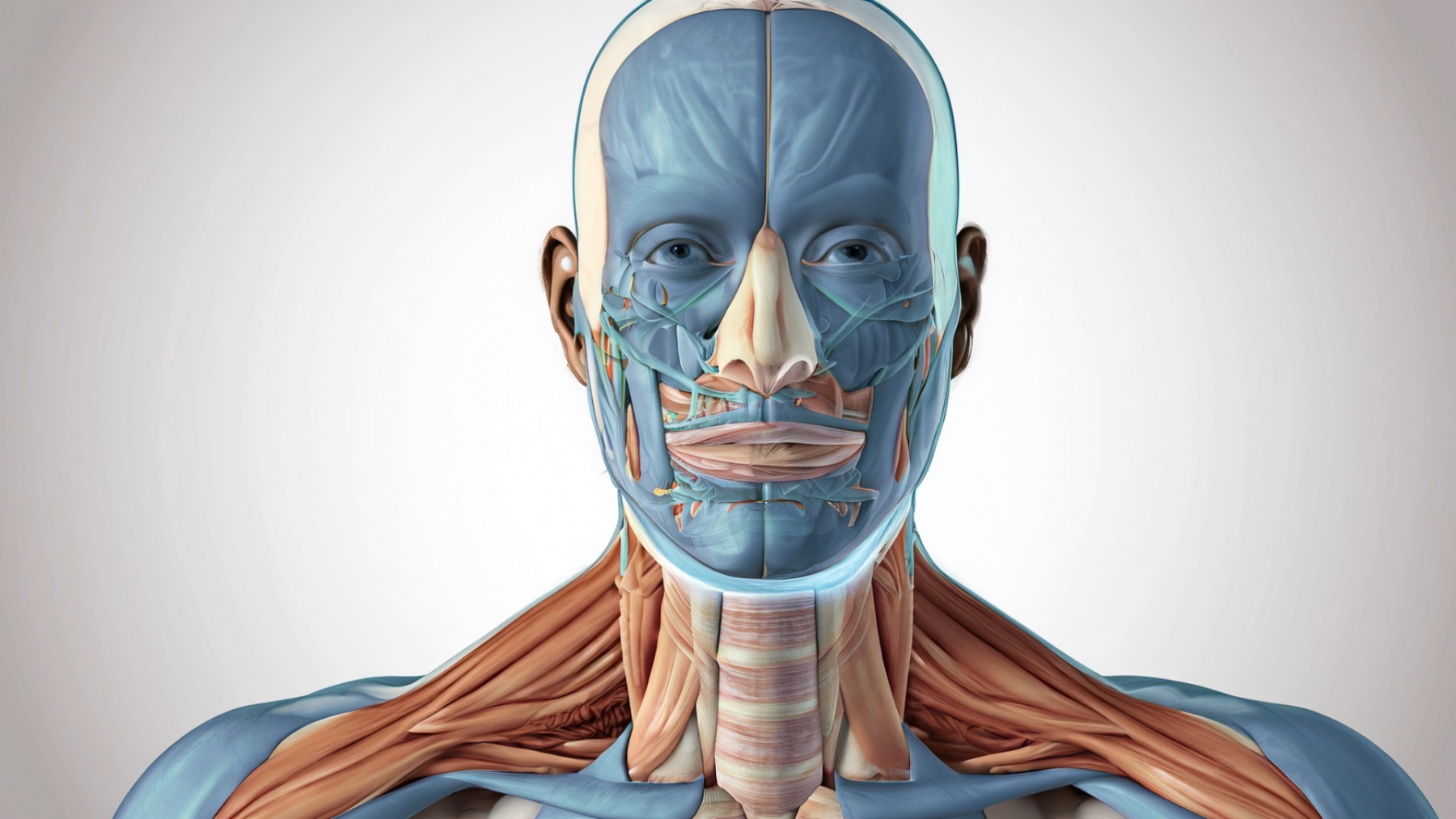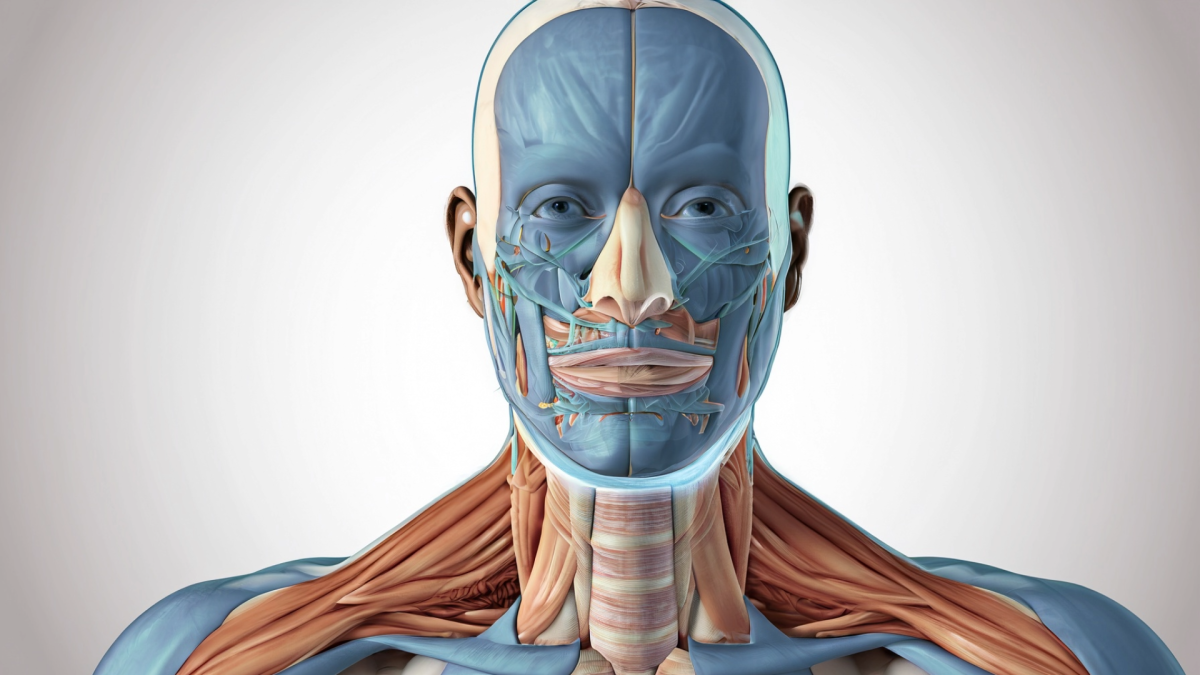
Listening to Math Part 2
by Belda Chissay
This is the second part of a two-part lesson. This lesson has students using a stethoscope to measure heart rate to collect data for equivalent ratios.
Lesson Plan Link/URL
https://docs.google.com/presentation/d/1ZTae3MmkPUiL91_93mimDl8Niq54oHcK/edit?u…Subject Area
Science Life Science L2: Organisms & Energy Engineering S2: Apply the Engineering Design Process Mathematics Number and Operations—Fractions (NF) Ratio and Proportion (RP)
Featured
Off
Related Content

Grades:
7th Grade, 8th Grade, 9th Grade, 10th Grade, 11th Grade
This outstanding multi-day lesson covers the anatomical design of the respiratory system. Students will work on a basic model project to simulate breathing action and the diaphragm. They will also

Grades:
6th Grade
Students will build and use an anemometer to calculate wind speed and then use the wind speed to determine the affect wind has on temperature and the temperature that you feel (wind chill). Students
